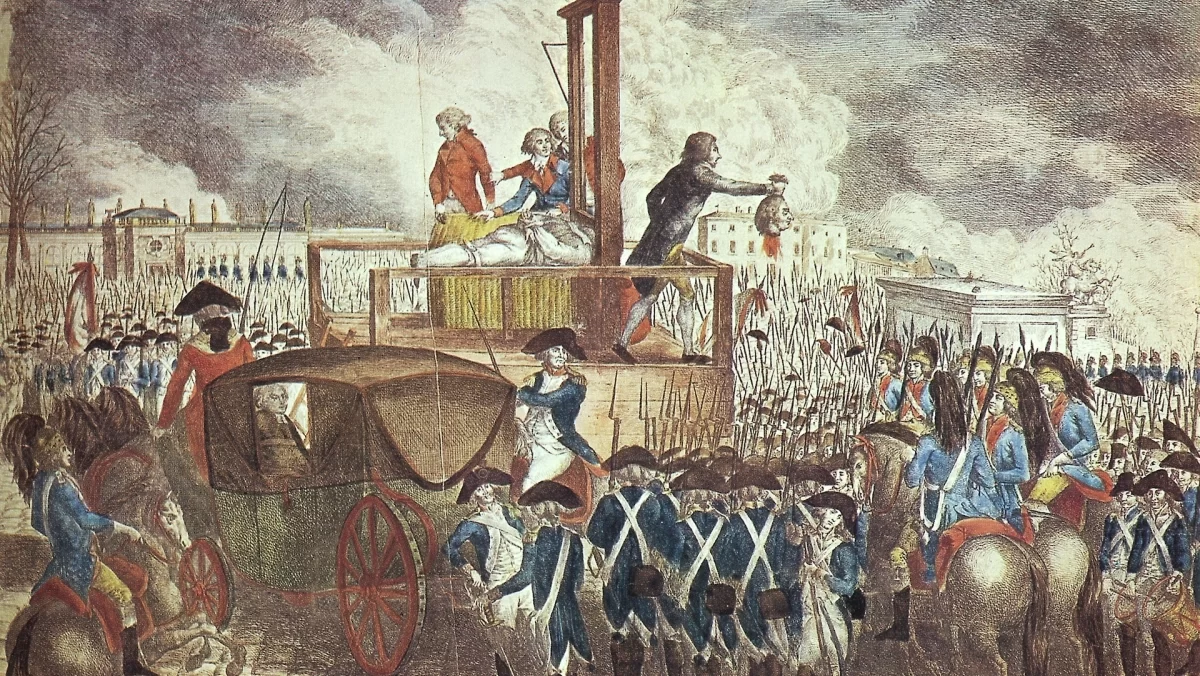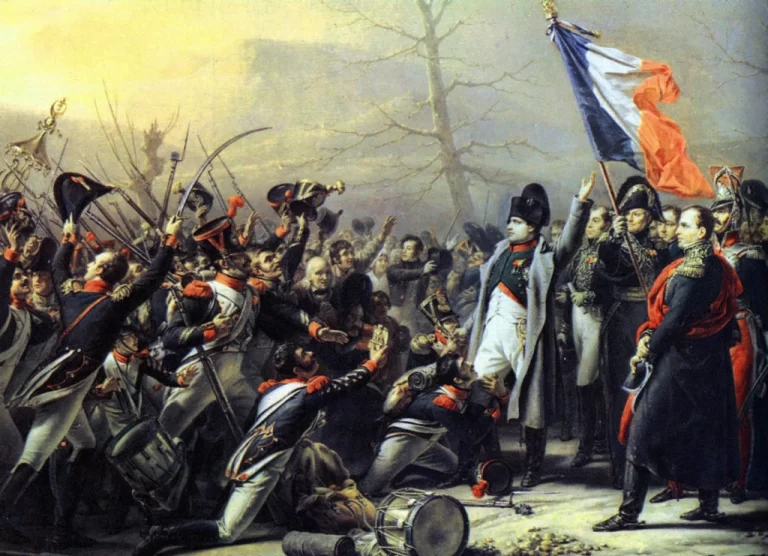When we think about the reign of Louis XVI, images of opulent palaces and lavish parties often come to mind. However, beneath the glittering surface of his court lay a chilling reality: a system of gruesome punishments that was as brutal as it was public.
The penalties for crime during this period were not just about justice; they were about sending a powerful, fear-inducing message. Here’s a closer look at some of the most shocking and gruesome punishments from this dark chapter in history.
Public Executions: A Grim Public Spectacle
Public executions in Louis XVI’s France were more than just a method of gruesome punishments, they were grand, horrifying spectacles. The aim was to scare the public into compliance. These events drew large crowds who gathered not just to witness justice but to see the brutal reality of what awaited those who defied the law. Executions were meant to be a stark reminder of the consequences of wrongdoing, serving both as punishment and as a public deterrent.
1. Breaking on the Wheel: A Torturous Process
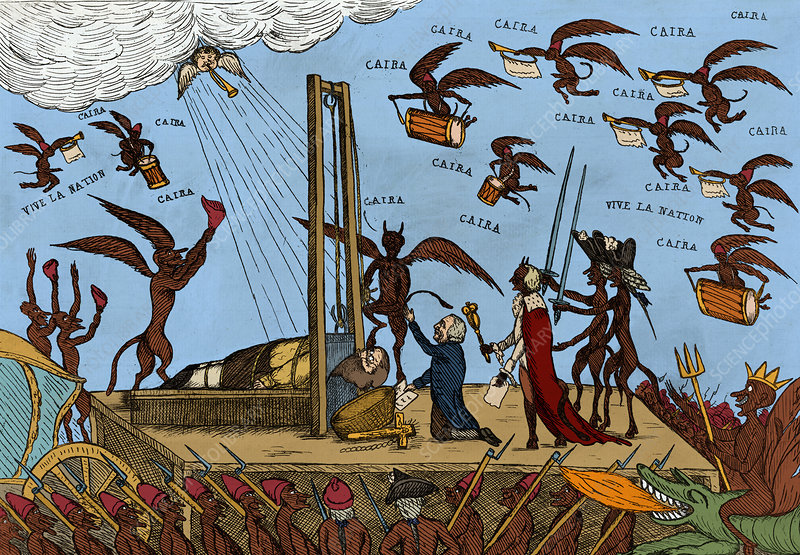
One of the most excruciating forms of gruesome punishments was “breaking on the wheel.” This brutal method involved tying the condemned to a large wooden wheel. The executioner would then use a heavy iron bar to smash the person’s limbs, one by one.
The broken limbs were woven through the wheel’s spokes, leaving the victim in a grotesque and painful position. The agony could last for hours or even days as the person slowly succumbed to their injuries. This method was designed to inflict maximum pain, making it one of the most horrifying gruesome punishments of the era.
2. Drawing and Quartering: The Ultimate Terror for Traitors

Drawing and quartering was reserved for the most heinous crimes, such as treason. The process began with dragging the condemned to the execution site. Once there, they were hanged until near death but not quite.
Then, while still alive, their body was disemboweled, and their internal organs were removed. Finally, the body was cut into four parts, which were displayed in different parts of the city. This gruesome punishment served as a horrifying warning to others about the dire consequences of treason.
3. The Iron Maiden: A Symbol of Cruelty
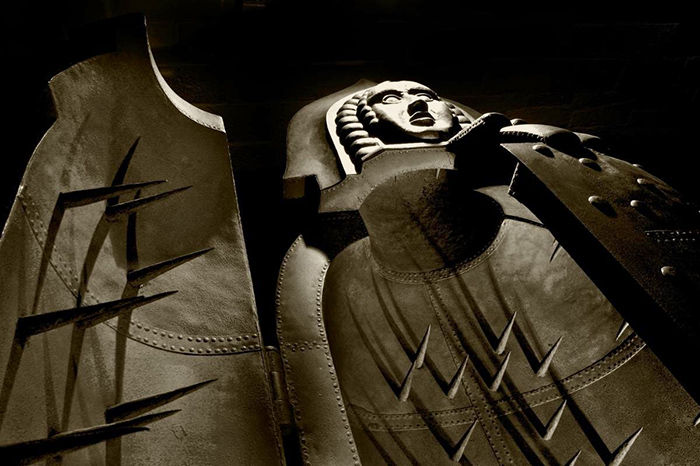
Though its use in France during Louis XVI’s time is debated, the Iron Maiden remains a symbol of medieval cruelty. This device was an iron cabinet lined with sharp spikes. When the doors of the cabinet were closed, the spikes would penetrate the victim’s body. Whether or not it was actually used in France, the Iron Maiden represents the extreme measures taken to enforce fear and control.
4. Burning at the Stake: A Fiery End
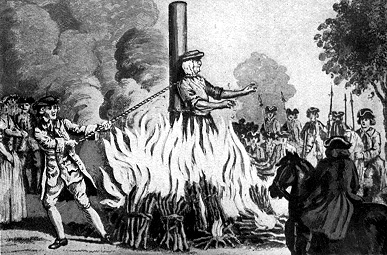
Burning at the stake was another horrific punishment, typically reserved for those accused of heresy or witchcraft. The condemned would be tied to a wooden stake surrounded by kindling and set on fire.
The flames would gradually consume them as the public watched. This punishment was not only brutal but also served as a public spectacle meant to reinforce the severity of the charges and deter others from similar offenses.
5. The Guillotine: Quick and Terrifying
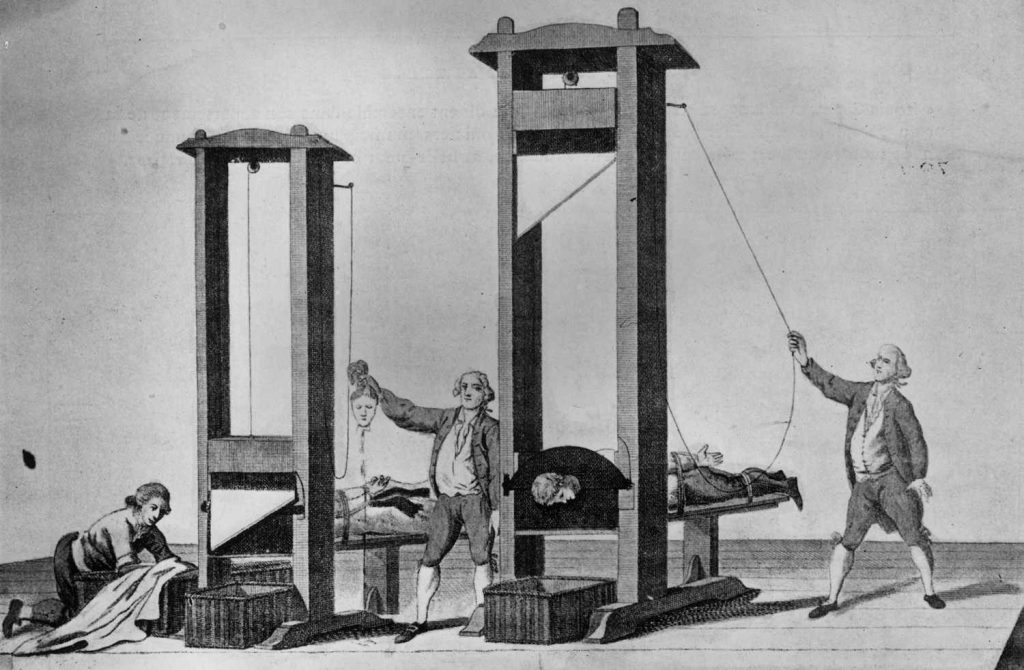
Perhaps the most famous method of execution during this period was the guillotine. While it was introduced as a more “humane” alternative to other methods, it remained a fearsome symbol of death.
The condemned would be placed beneath a heavy, sharp blade that would fall swiftly, ending their life almost instantly. Despite its efficiency, the guillotine was a constant reminder of the swift and absolute nature of justice during Louis XVI’s reign.
A Grim Reminder
Looking back, the gruesome punishments of Louis XVI’s France offer a stark and unsettling glimpse into the era’s approach to justice. These methods were not just about penalizing criminals; they were about making a powerful statement through terror.
As we reflect on these gruesome practices, it’s evident that the pursuit of justice during this time was deeply intertwined with fear, control, and public spectacle. The dark side of Louis XVI’s France serves as a chilling reminder of the lengths to which rulers would go to maintain their authority and instill fear in their subjects.

